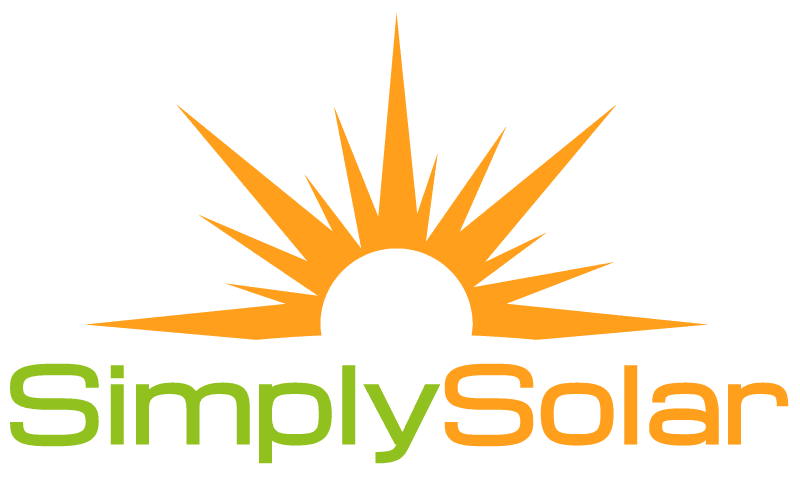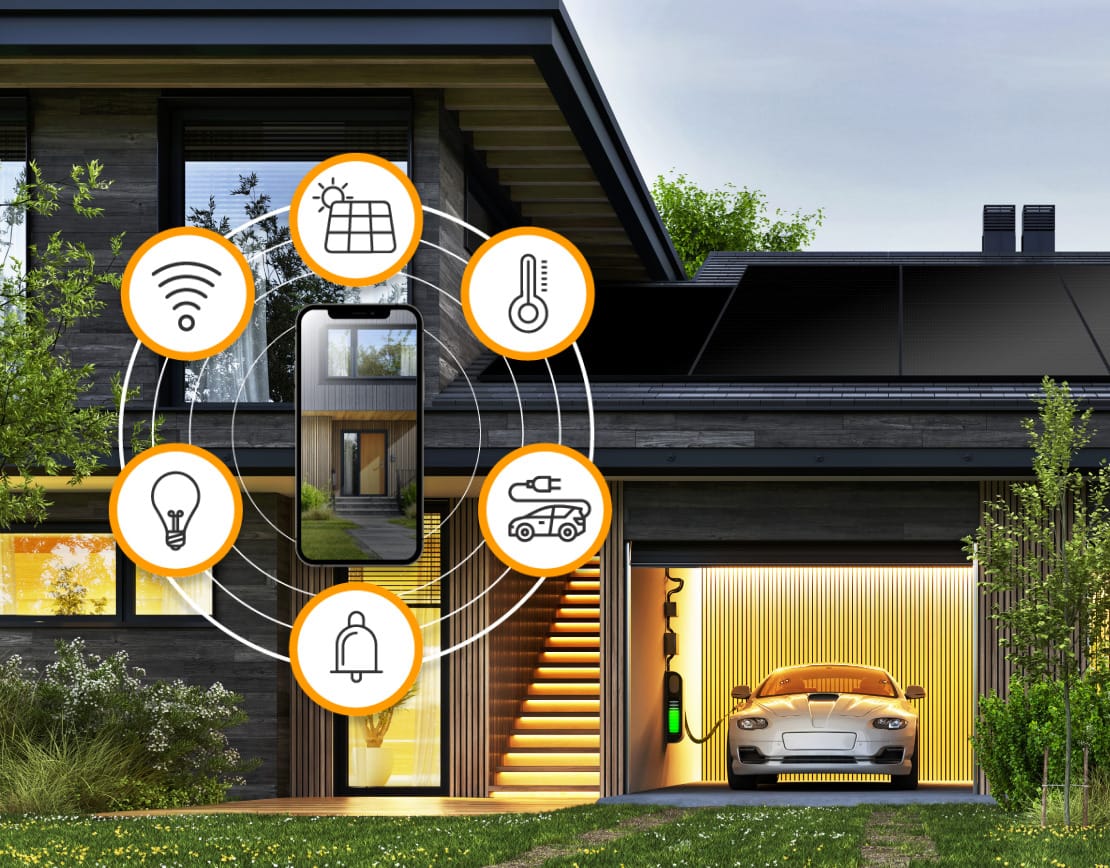California is known worldwide for its sunny skies and gorgeous weather, and these attributes also make it ideal for solar power generation. With between 5 and 6 kilowatt-hours of solar irradiance per square meter in much of the state, it leads the nation in both solar energy potential and real-world production. Whether you would like to cut your energy costs, help the environment, or both, if you are considering adding solar to your California home, this valuable guide can help you learn about the solar installation process, as well as how our team at Simply Solar can make the process as convenient as possible.
The Benefits of Installing Solar Panels on Your California Home
Solar can be a great addition to virtually any home in California, and here are just a few of the benefits that a well-designed, professionally installed solar system can provide:
- Significant decrease in electricity costs
- Credits for any extra energy produced
- Green energy from a renewable resource
- Reduced carbon footprint
- Greater energy independence
- Higher home values
A home solar system offers significant advantages, and with the many tax credits, incentives, and rebates available today, it is easier than ever to get a system installed.
How Does a Residential Solar System Work?
A solar system starts with the solar panels themselves. They are typically mounted on the roof, facing south or southwest, though they can be mounted in a ground-mount array or on a secondary structure like a garage or a carport. Solar panels absorb light from the sun in the form of photons, which excite electrons in the panels, creating DC or direct current electricity. Your home, however, needs alternating current or AC electricity to power your appliances, electrical devices, and lighting.
To convert the DC electricity from the solar panels to the AC power that your home can use, an inverter is added. This device essentially turns the DC power on and off rapidly, recreating the sinusoidal shape of AC power while syncing its voltage, frequency, and phase with the power provided by the utility grid.
Solar Backup Batteries
If you would like to have emergency power when there is an outage on the grid or supplement your power at night, solar battery storage can be added. Placed between the solar panels and the inverter, the battery system stores power for use to shift some of your energy usage to off-peak times. A battery storage system can make your home more energy-independent while keeping crucial devices like HVAC systems, refrigerators, and stoves powered during a blackout.
Is Solar a Good Choice for Your Home?
To determine if your home is a good candidate for solar power, you will need to know a few basic details about your home and your energy usage. These details include:
- The size of your roof
- How much of it faces south or southwest
- If there is shading or obstructions from nearby trees or buildings
- How much electricity you use every month
Our team at Simply Solar can evaluate all these factors and more to determine if solar will be a worthwhile investment for your new or existing home.
The Solar Installation Process
When you call a professional solar company like our team at Simply Solar, the installers will evaluate your home and determine if solar will be a good fit for your needs. Then, they will start the installation process. This typically includes:
- Designing a custom solar system to meet your needs and budget
- Obtaining the necessary permits to start the installation
- Installing the solar racking, solar panels, inverters, and wiring
- Installing battery storage, if required, as well as safeties and disconnects
- Testing the system and explaining its operation and use
What Incentives Are Available for Residential Solar Installations?
The incentives and rebates available will depend on your location. Federal and state incentives will remain similar across the state, but incentives from local governments and utility companies will vary. Here are a few incentives that are available for many California homeowners:
- A 30% federal tax credit: With the passage of the Inflation Reduction Act of 2022, the federal tax credit for solar systems has been increased and extended until 2032. You can earn a credit for up to 30% of the total installation cost for your solar system.
- Self-generation incentive program: Depending on your utility provider, this program can provide a partial rebate of the installation costs for your solar and battery storage systems.
- Net metering: You can still credit for excess power that you deliver to the utility grid through California's net energy metering (NEM) program.
- Solar Energy System Property Tax Exclusion: This program excludes the value added by your solar system from the assessment used for property tax purposes, reducing your tax liability.
- Utility rebates: Some utility providers offer rebates for homes that feature residential solar systems.
Solar Installations in the San Francisco Bay Area
Are you ready to install solar at your California home? Talk to our team at Simply Solar. We serve the Bay Area, Fresno, Napa Valley, and Sonoma Valley. We can custom design and install a solar system that is tailored to your needs, and we can locate all the best incentives and rebates to keep your installation costs as low as possible. Plus, we offer great financing options and provide a 25-year workmanship warranty on all our solar installations. We feature some of the best solar panels, inverters, and battery storage solutions on the market, and with our in-house technicians and more than 20 years of experience, we offer dependable quality that you can count on.
To request your FREE solar estimate in the San Francisco Bay Area, call Simply Solar today at (707) 285-7037.



